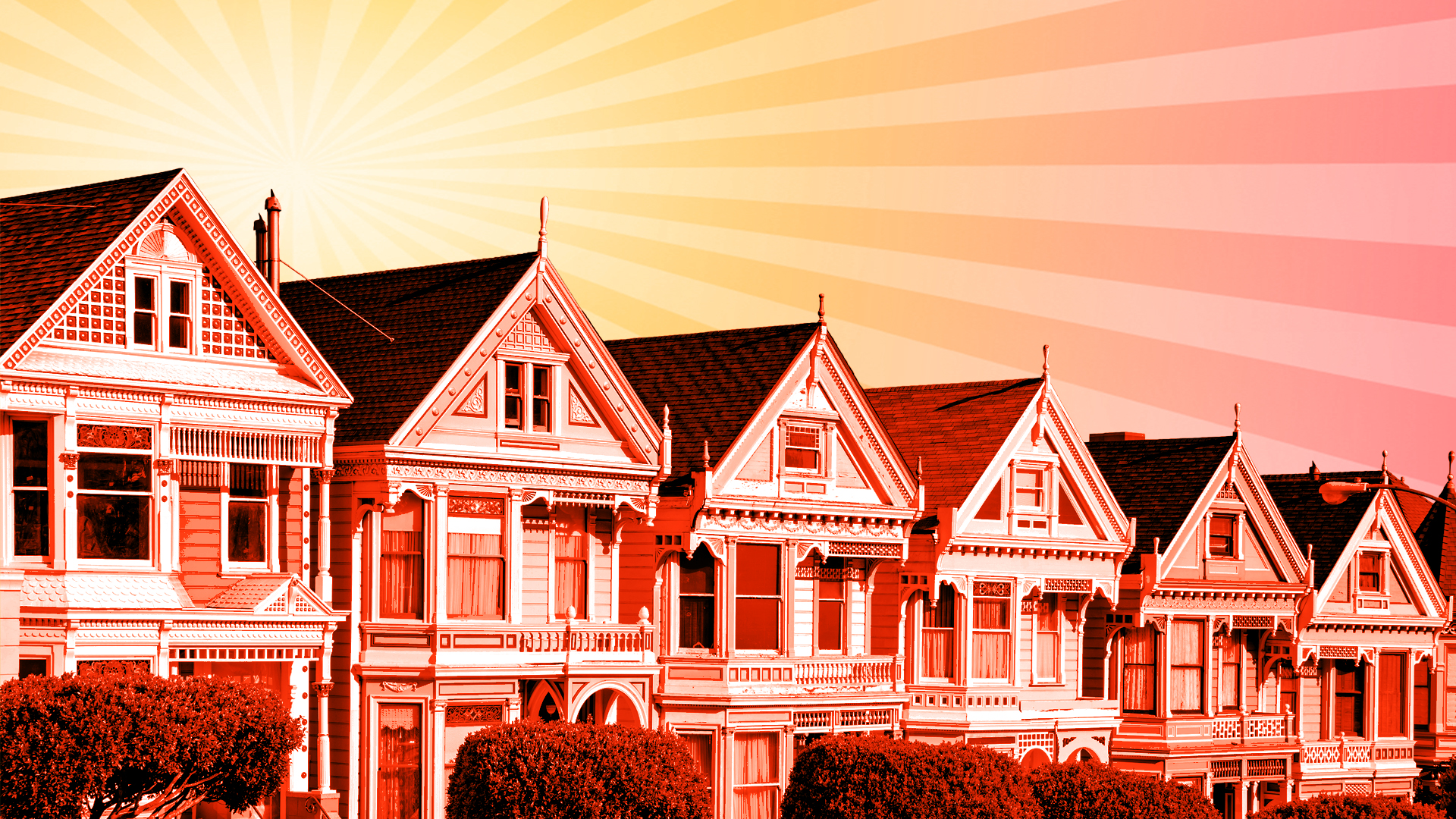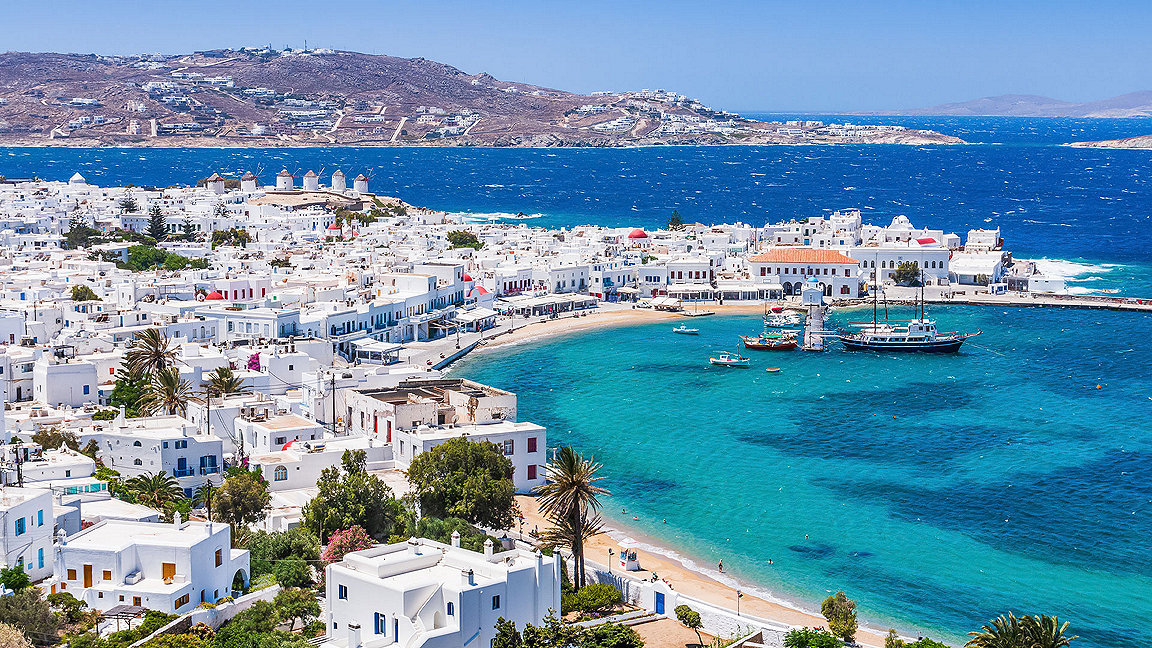
Mykonos, Greece
Real estate has had a tumultuous couple of years. When the pandemic began, global economies suffered and that meant the property markets slowed down. However, prime real estate isn’t subject to the same economic forces as the broader property market.
Modus spoke to six surveyors in different countries around the world to find out how they managed their portfolios over the past couple of years, how prime real estate has helped buoy the market and what the next 12 months have in store.
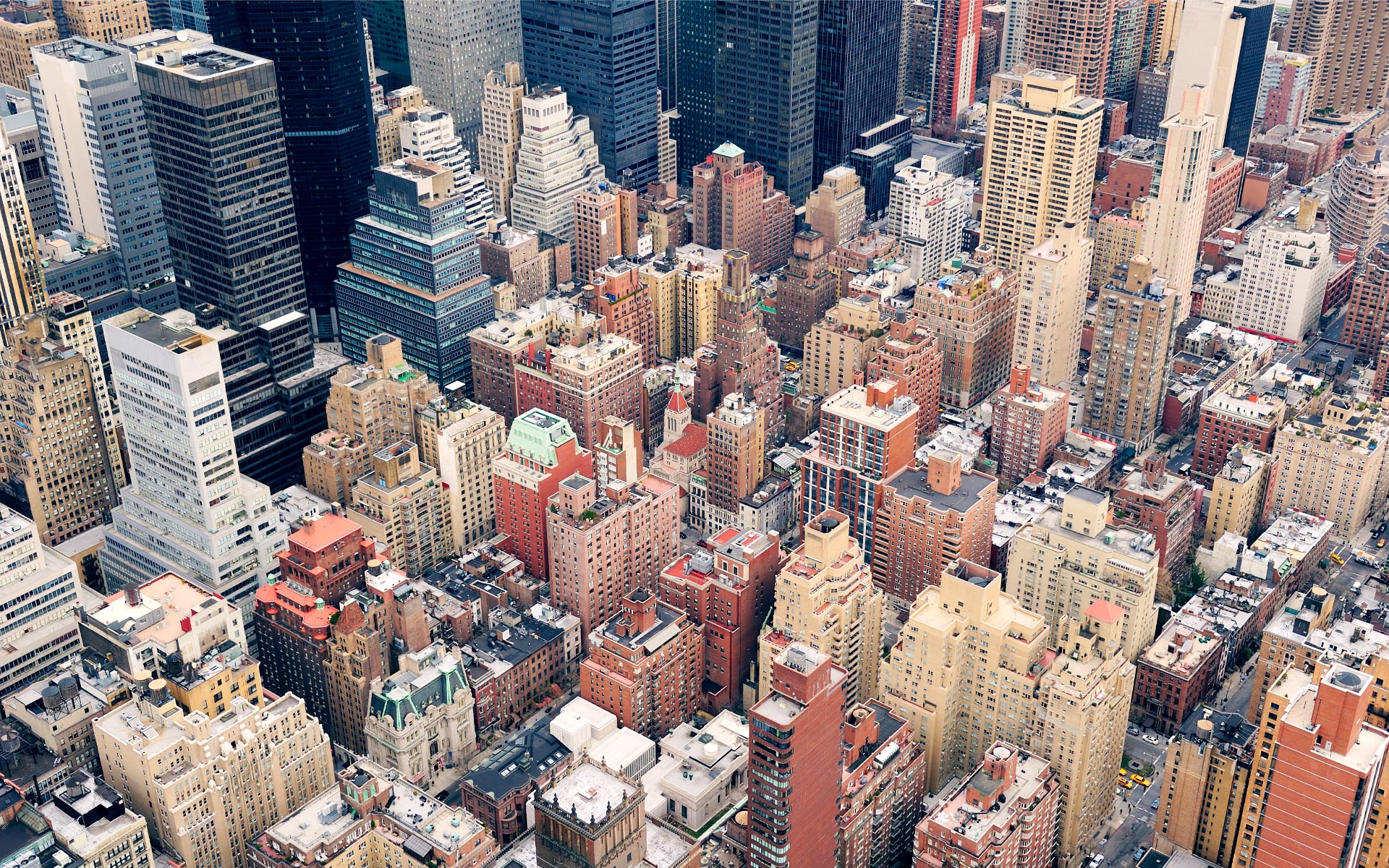
USA
Jonathan Miller is the president of the Miller Samuel real estate consultancy which operates in New York City and its environs
Before the pandemic, I used to say that the market was soft at the top – and that was true of most of the US. In New York, luxury [or prime] property is the top 10%, so we’re talking about values of $3.7m and above located mostly in Manhattan and a couple of areas in Brooklyn. But overbuilding meant there was too much inventory and the sector had been quite weak for a few years. After the first lockdown ended there was almost an inversion whereby the lower end was the weaker sector, and the high end grew. It’s fallen back a little now, but prices are still up 14.7% overall compared to 2019.
The number one reason for this is that economic damage was largely absent or very limited for the upper end of corporate employment. The search for space is a factor but not a primary driver of the boom. The median sale is now $5.5m and that can be attributed to people buying at the luxury end rather than people generally buying larger apartments.
When the pandemic hit, New York was badly affected and there was a feeling that the city wasn’t safe. We heard a lot about the suburban boom – somewhere in the region of 40% of Manhattan moved out – but the demand came from the rental market rather than purchasers. There was an initial drop of 20-25% in the city’s rental market but housing prices were down just 5-10%.
Anecdotally, commutes are getting a lot longer but there are fewer of them – people are looking at upstate Connecticut, the Hudson Valley, places that are a couple of hours away but if they’re only going into the office a couple of times a week, who cares? The important clarification is that people weren’t selling their homes in the city to move to the suburbs; the ones that bought at the higher end are people that I term co-primary – they’re looking at second homes as opposed to a weekend getaway. They could go back and forth between them because of Zoom - a new way of working that will be with us for our lifetime.

“People are looking at places that are a couple of hours away from work but if they’re only going into the office a couple of times a week, who cares?” Jonathan Miller, New York
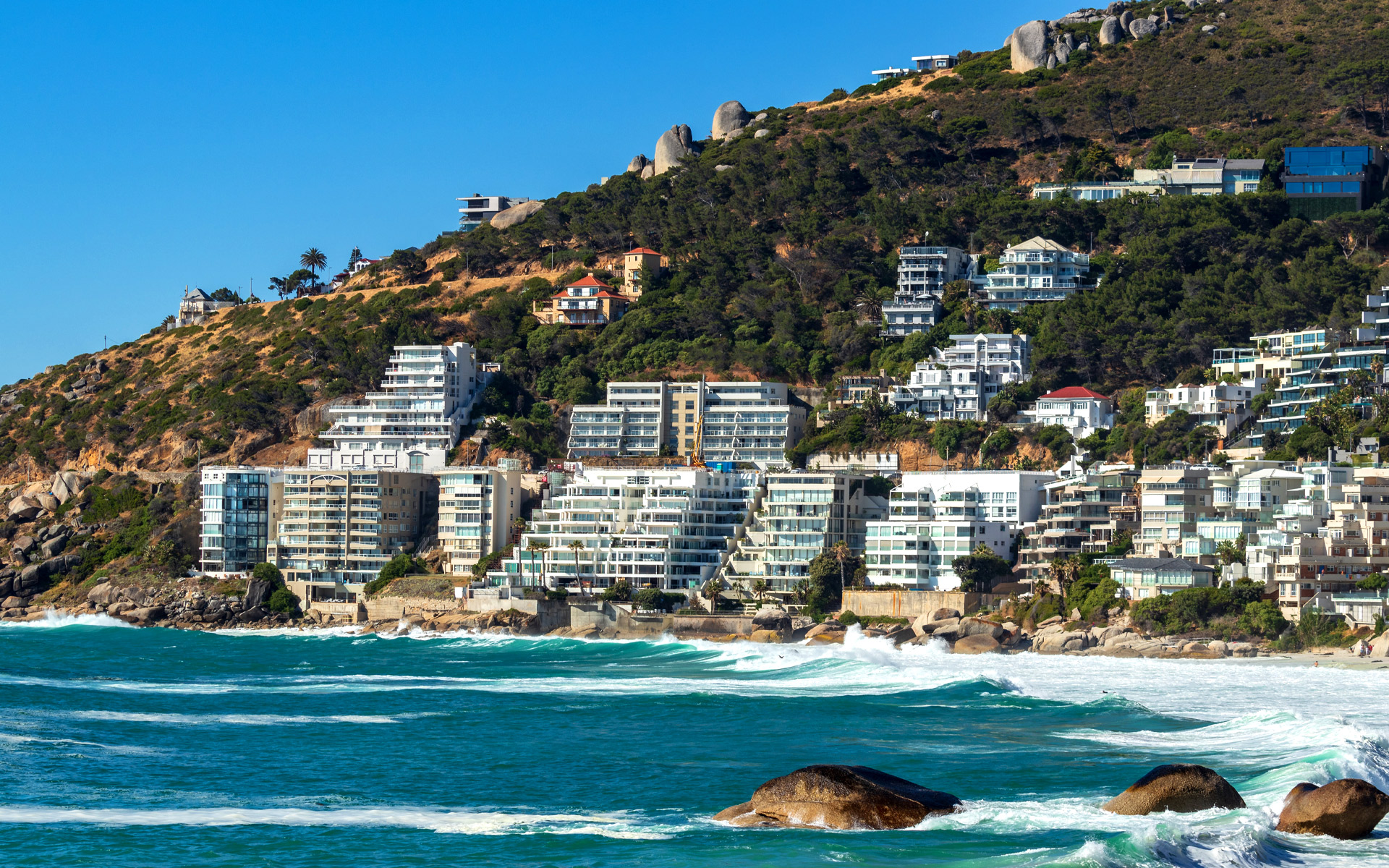
South Africa
François Viruly FRICS is a property economist and associate professor at the University of Cape Town
Foreign buyers are critical to the top end of the Cape Town market, which centres around two areas: Clifton, on the Atlantic seaboard, which has villas and apartment overlooking the beaches, and Bishopscourt which is inland and has larger properties with land. Although about half of the non-prime real estate properties in South Africa would be registered with sales prices below $40,000, Clifton and Bishopscourt are in line with other premium global destinations at around $3m and above.
But it was this sector that saw the biggest fall during the pandemic as some investors came under pressure to sell. The government dropped interest rates [from 10% to 7%] to keep the economy going and that had a positive impact on the lower- and middle-market. At the upper end, people aren’t as reliant on mortgages, it’s driven by tourism which fell by about 70% during the pandemic.
Even before COVID-19, the property market had problems as the South African economy has been in a downturn since about 2013. We entered the pandemic on the back foot. Things are looking a lot rosier now that South Africa has been taken off the UK’s red list of countries [at the time of writing] – Britain and Germany are very important in terms of foreign buyers. But it’s not often in life that you get the trailer of what the future could look like, and COVID-19 has shown us how we can live differently. Decisions about buying a property and what buyers want may change even if it’s a second or third or fourth home.
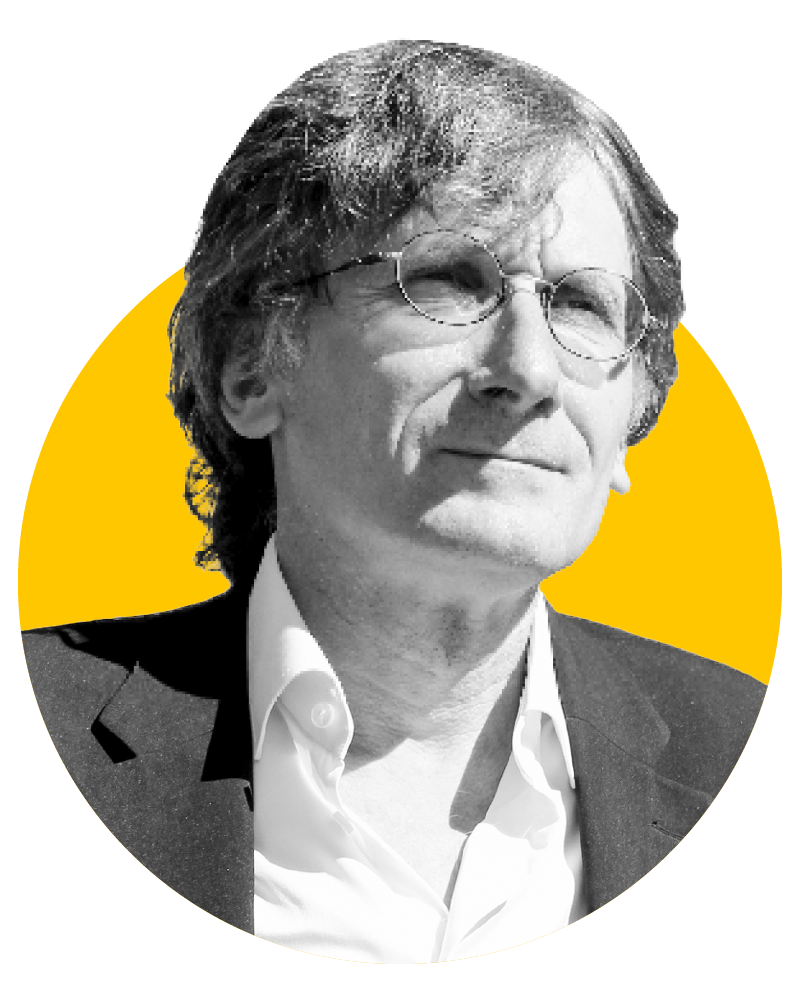
"It’s not often in life that you get the trailer of what the future could look like, and COVID-19 has shown us how we can live differently." François Viruly FRICS, South Africa
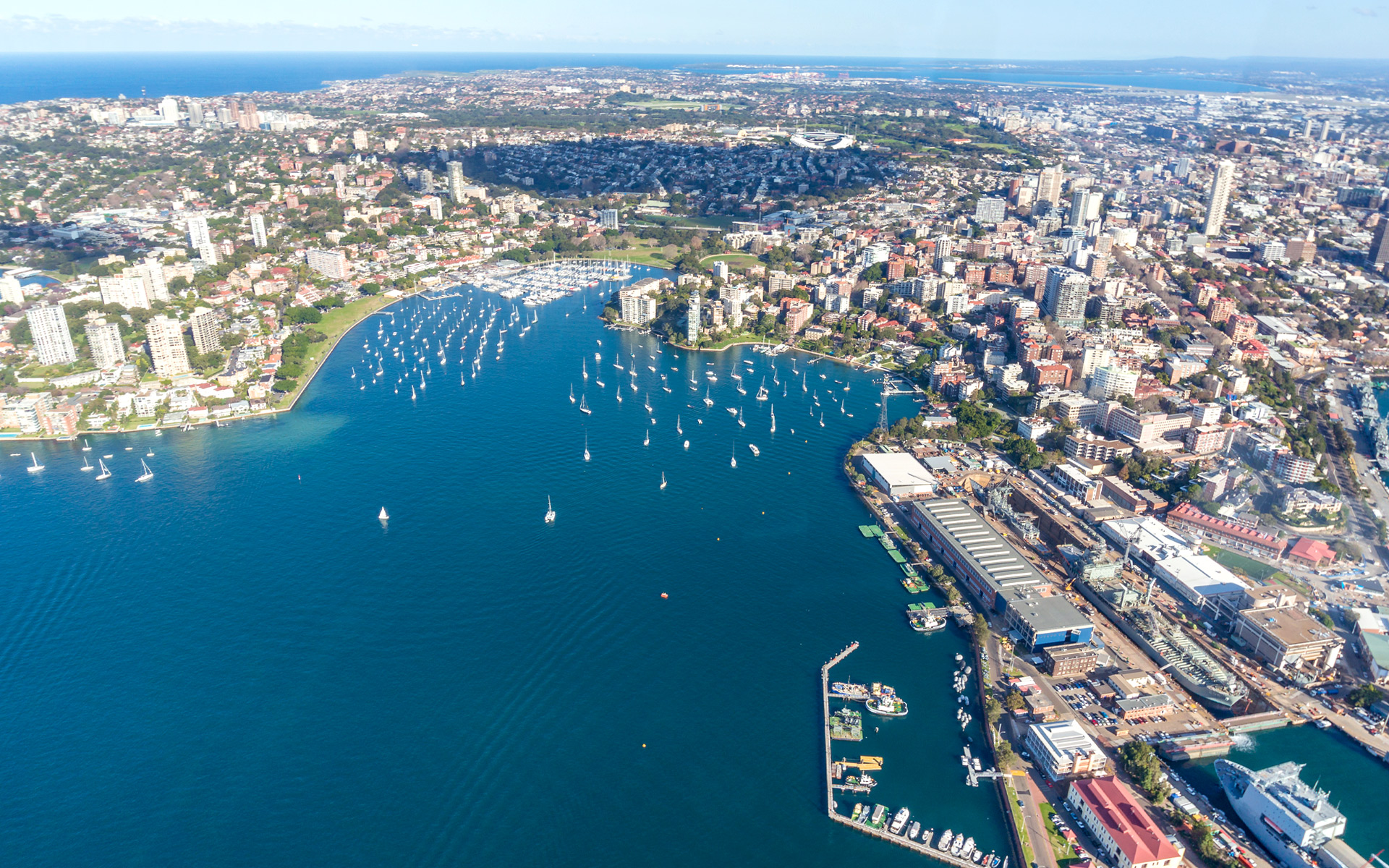
Australia
Kevin Brogan FRICS is national director at valuation specialists Herron Todd White
The prestige market in Australia features Brisbane, Sydney and Melbourne, as well as spots along the eastern seaboard of Australia. We’ve seen a lot of growth there over the years but it’s a bit different this time – it has been quite extraordinary. One of the underlying drivers at the top end has been enforced savings – one client who spent AU$80,000 each year on trips to Europe wasn’t able to do that, for example, and so he’s decided to use that money towards a holiday home in Australia instead. Our cities do tend to spread so it used to be all about proximity to a city centre – a penthouse with incredible views – and while those are still popular, people are more interested in a house with a pool, a tennis court and some land.
Affordability is a problem here and that is putting a brake on the market a little. But the top end is driven by accumulated wealth, in particular from expats returning home or the strength of the stock market for people with investments. In areas such as Byron Bay or the Sunshine Coast [both close to Brisbane], premium properties can easily reach AU$5m ($3.6m). It seems like every week I’m reading about a record sale there. Demand has far exceeded supply up to this point. We’ve seen properties that sold at the beginning of 2020 being remarketed at a 30% increase in the past few months, some far more.
It’s surprising, we were expecting an economic downturn and a lot of uncertainty but that didn’t have a chance to take hold, the resilience of the property market became apparent pretty quickly. Once people came to realise that the world wasn’t going to end, they overcame initial reluctance – technologies made virtual viewings a possibility. I joined Herron Todd White in July 2020 when the property market felt like it was hanging in the balance, but I didn’t have to wait that long for our business to become busier than it had ever been before. There are signs that the rate of property growth is beginning to scale back a bit – there are more properties coming onto the market as we move into spring, so we’ve got much more supply and buyers have more choice.

“In areas such as Byron Bay or the Sunshine Coast, premium properties can easily reach AU$5m. It seems like every week I’m reading about a record sale” Kevin Brogan FRICS, Australia
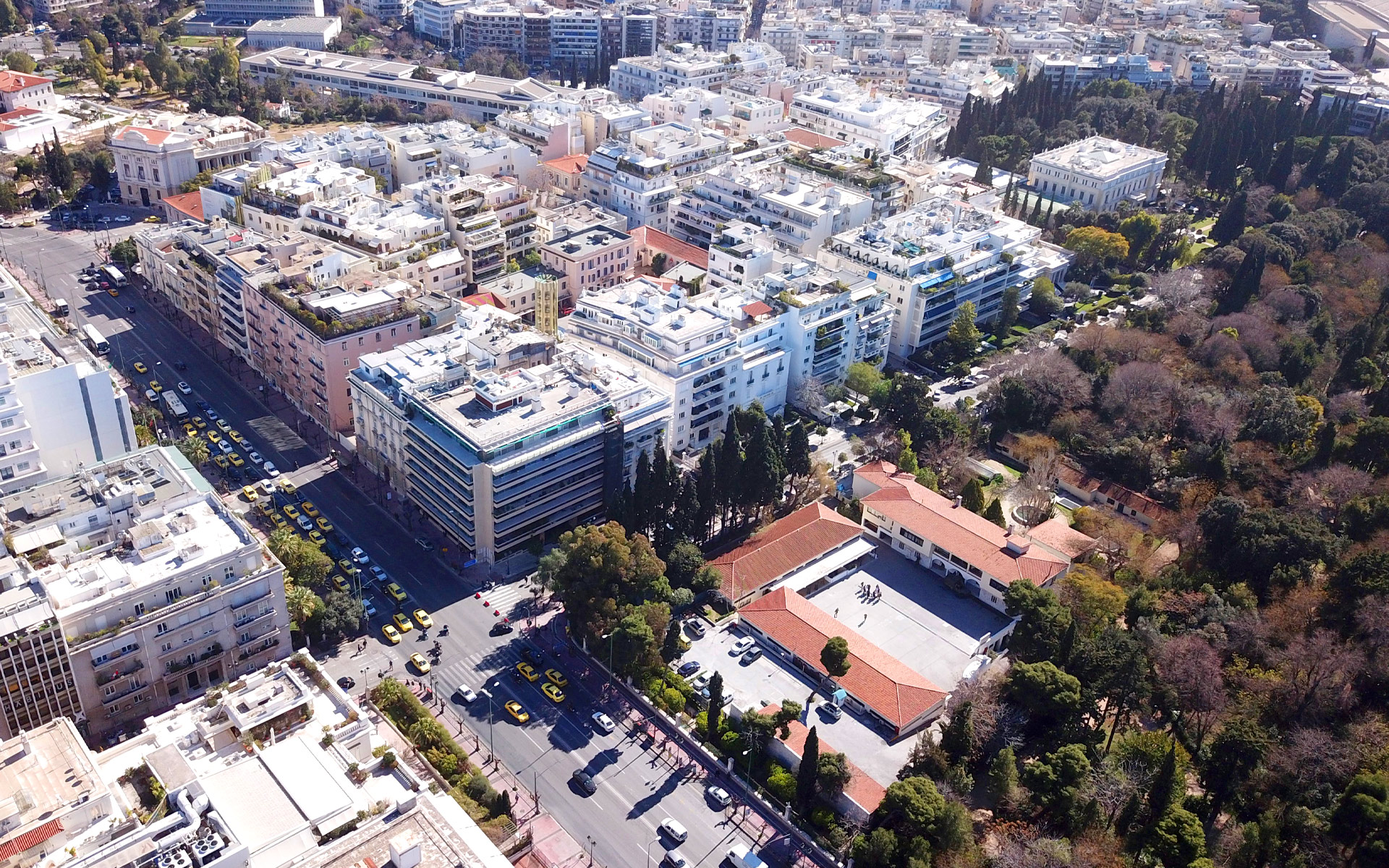
Greece
Panos Charalambopoulos MRICS is managing director of Solum Property Solutions in Athens
For a long time, Greece didn’t really have an international market for property buyers, even the top end had been focused on Greek buyers. The turnaround year was 2017 – Greece began to move out of the financial crisis, the market began to grow, and we started to see foreign buyers and investors. The golden visa programme [which allows non-EU citizens to gain Greek residency through a property purchase] created more demand.
The most prestigious part of Athens is Anaktora, which is right next to the presidential gardens. There is one road there, Iroudou Attikou, which has had transactions at €50,000 per square metre but, generally, prices are much lower – below €10,000 per square metre is much more common.
Outside Athens, the most popular islands are Corfu, Santorini and Mykonos. For villas in Mykonos with access to preferably private or very secluded beaches we’ve seen €25,000 per square metre and the buildings can be up to 1,500m2 (€37.5m). The issue is that planning laws have changed and you can only build up to 180m2, so now old ‘illegal’ buildings that have been regularised and are maybe 900m2 are very attractive to high-net-worth individuals if they have the views and the beach, because they can be refurbished. But really, there is no price limit there.

"For villas in Mykonos with access to private or secluded beaches we’ve seen €25,000 per square metre" Panos Charalambopoulos MRICS, Greece
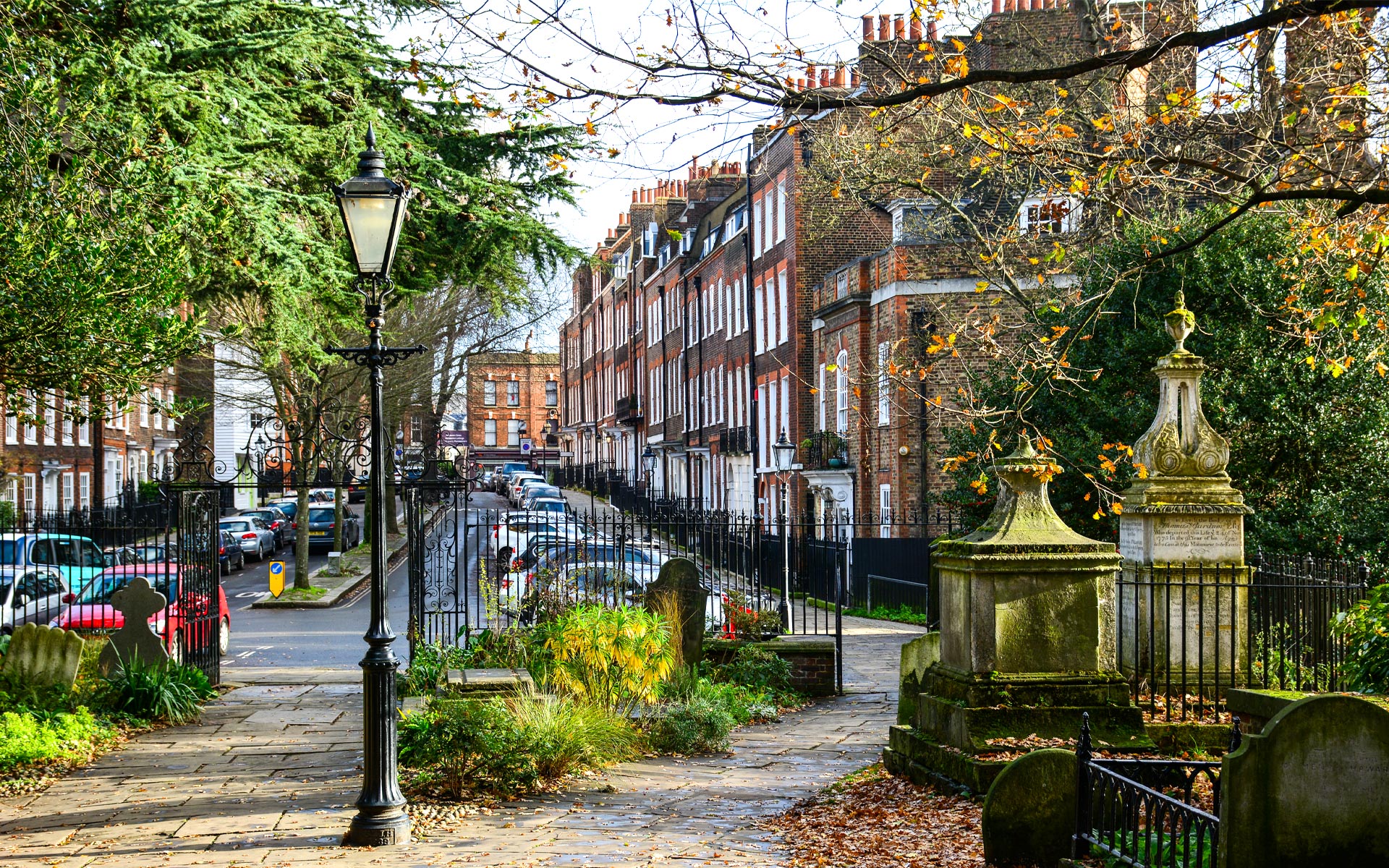
UK
Frances Clacy is associate director of residential research at Savills in London
We’ve seen two different markets behave quite differently. In central London - Mayfair, Knightsbridge, Belgravia - we’ve seen low levels of price growth. Not price falls but low growth because there have been fewer of the international buyers who are prevalent there. During lockdown, central London was very eerie, it wasn’t very sellable. The price average there is £4.4 million and we saw people upsizing by moving into different parts of London or the UK. Outer prime London – areas such as Hampstead, Richmond, Primrose Hill – has seen much stronger growth a lot of which has been because of upsizing. Someone might have left Chelsea, for instance, to buy in Chiswick or someone already there wanted to buy a much larger house with a garden.
We are seeing a supply/demand imbalance in the countryside but the urgency has gone a little since the end of the stamp duty holiday which did have an effect in the rural market where values are a lot lower. Even if the prime buyers weren’t making a significant saving in stamp duty, someone further down the chain might have been dependent on it so it did play a part in the surge.
For central London we are expecting the market to be much stronger in 2022 and we are forecasting 8% growth. It sounds very strong, but values are actually 20% below where they were in 2014 – stamp duty changes made the top end of the market much more expensive then and in 2016 we had Brexit with its accompanying political and economic uncertainty. We think it will continue going up although not as fast over the next five years and, by 2026, prices will have reached their 2014 peak so it’s still a relatively slow recovery.
Outside central London, the growth is likely to be more evenly distributed, both in terms of area and property type. The growth isn’t likely to be as strong because mortgage rates are going to go up and there will be increased taxes which will curtail people’s spending.
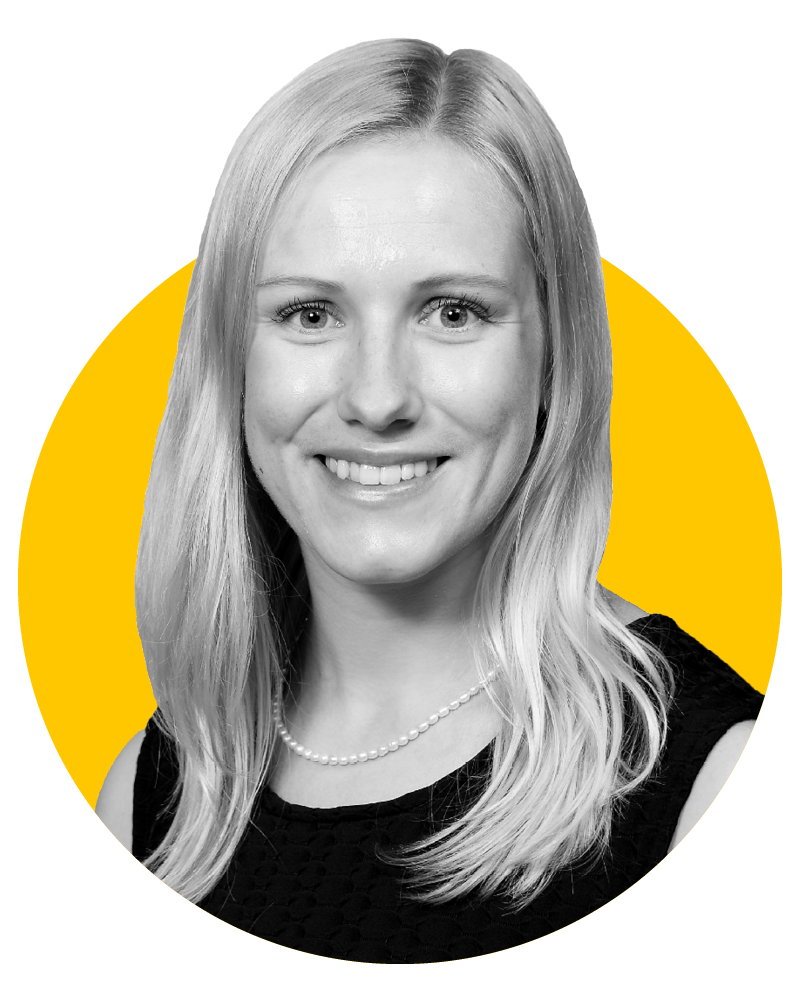
"We are seeing a supply/demand imbalance in the countryside but the urgency has gone a little since the end of the stamp duty holiday." Frances Clacy, United Kingdom
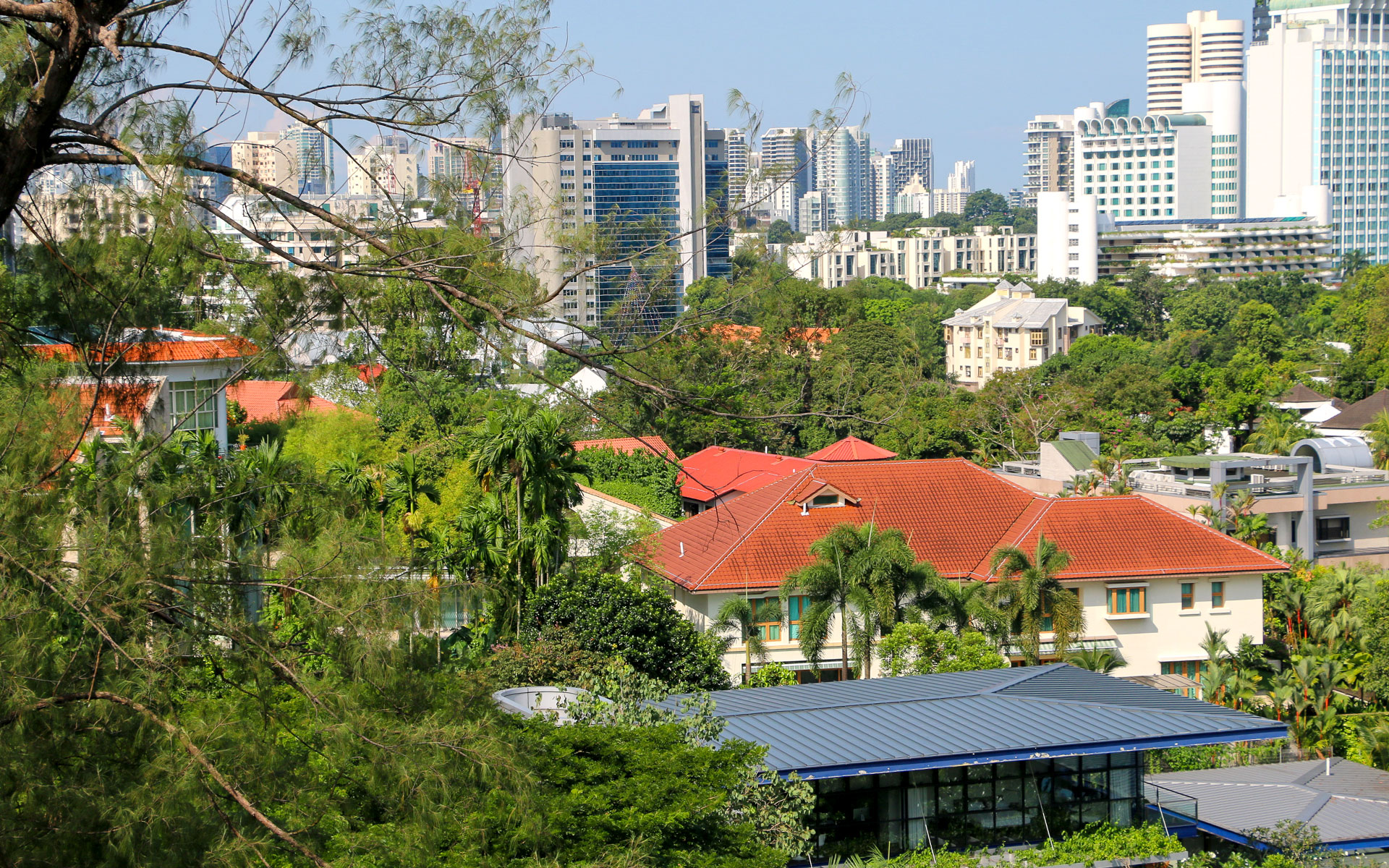
Singapore
Alan Cheong is executive director of research & consultancy at Savills in Singapore
The prime residential properties in Singapore are in the Core Central Region [CCR - on the southern side of the island] with districts 9,10 and 11 the traditional prime districts. Mostly the properties there are freehold or 999-year leases. Typically in other areas, the leases are only 99 years long which makes 9, 10 and 11 the cream of the crop. That is where the local tycoons move to.
Stock is very limited: Singapore has about one million public flats, and approximately 380,000 private non-landed [ie without a garden] units and only about 75,000 landed properties. Given the limited land supply, freehold and 999-year properties are highly sought-after and landed property never goes down in value. Right at the top are what are called ‘good class bungalows’ (GCBs) and these are generally plots of more than 1,400m2 on particularly prestigious streets. The price can be more than SGD$33,000 per square metre, depending on the condition of the bungalow.
COVID-19 meant that there was pent-up demand from investors, and they acted this year where it was pretty dry last year. During lockdown, there were people sitting at home watching Zoom conferences organised by property agents and they had money they couldn’t spend. There has also been a huge jump in starting salaries for graduates and this new generation don’t want to live in the government flats, they think it’s not cool. They prefer to buy something with status and that is also pushing the prices up.
Then there are people who have been investing in the stock market all their lives but living quite modestly in public flats and they have jumped straight from those to landed property. There are GCB buyers under 30 years old who have made fortunes in Bitcoin or tech. Raking in $1m used to be so difficult but now it happens in the blink of an eye – it makes property very affordable to these guys who can tap into the new economy.
The CCR has been seeing demand from the new rich or old rich reinvesting it back into property. But we also have foreigners who have made their money in other countries and want to preserve it in Singapore because it is very stable. Foreigners cannot buy landed property and even though the government raised stamp duty from 15% to 20% for overseas buyers in 2018, the super-luxury, non-landed market is dominated by them.

“There are buyers under 30 who have made fortunes in Bitcoin or tech. Raking in $1m used to be so difficult but now it happens in the blink of an eye” Alan Cheong, Singapore


